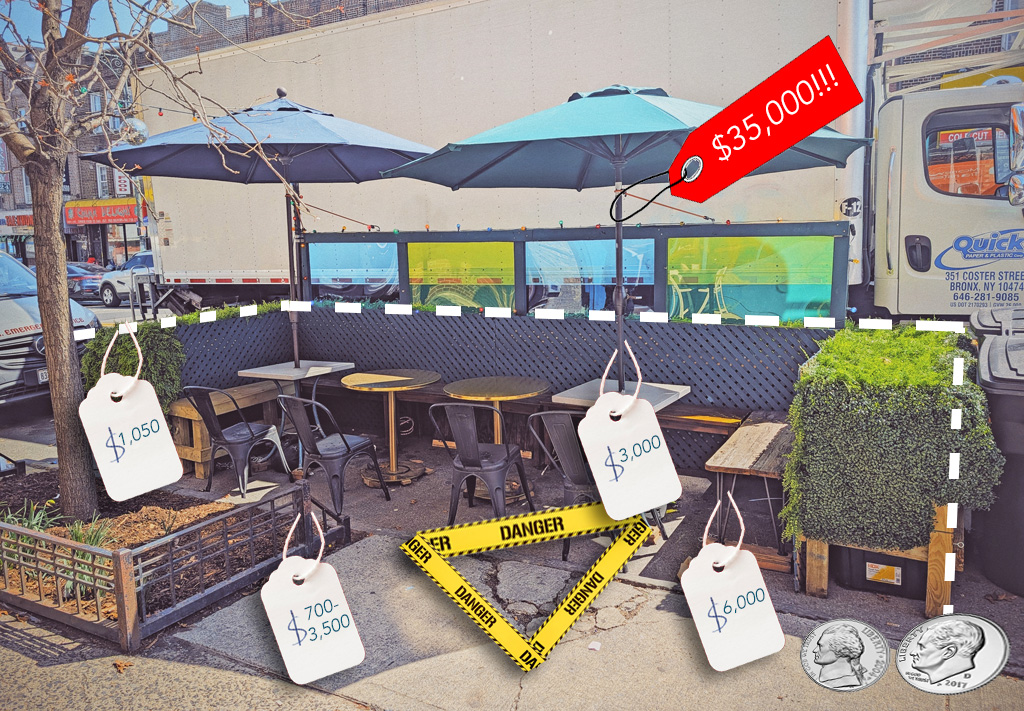Hertogenbosch, in the Netherlands, is a town of 140,000 about mid-way between Amsterdam and Antwerp, just north of the Belgian border. Hertogenbosch doesn't get a lot of snow, but when it does the city does a good job keeping cycle paths clear, according to Mark Wagenbuur, a local who blogs at Bicycle Dutch.
Of its 300 km (186 miles) of bikeways, Wagenbuur says, 233 km (144 miles) are "gritted" -- brushed and treated with salt. The equipment used is not uniform, and not all routes are cleared at once, but the city has a staff of 20 people working around the clock when necessary.
New York City has about 30 miles of protected bike lanes, not counting greenways and bridge paths. While in recent years DOT and DSNY have been pretty consistent in keeping the bridge paths and some protected lanes free of snow and ice, some lanes, including Lafayette Street and Grand Street, are not getting cleared. And the Parks Department is unreliable when it comes to keeping paths safe for riding.
Wagenbuur's video shows a small tractor with a brush up front and a salt spreader in tow, dispatched to clear bikeways. DOT also has snow-clearing equipment for bridge paths. But DSNY hasn't done as well keeping on-street protected bike lanes clear.
The Lafayette Street "bike" lane. Vision Zero, America's Best Bike City, etc. etc. etc. pic.twitter.com/YOIqPqAnTZ
— Brooklyn Spoke (@BrooklynSpoke) February 6, 2015
The SnowBuddy, basically a tricked-out lawn tractor used to clear neighborhood sidewalks in Ann Arbor, Michigan, would fit on a protected bike lane (and would be useful on many NYC sidewalks, for that matter).
Another thing that makes winter cycling easier in Hertogenbosch is motorist behavior. Even accounting for the snow, the vehicles in Wagenbuur's video look as if they're moving in slow motion, and yielding the right of way is rampant.
"It is good to see that drivers did give cyclists priority when they should," says Wagenbuur. "When you are used to doing that under normal conditions, you don’t stop doing that in the snow."





